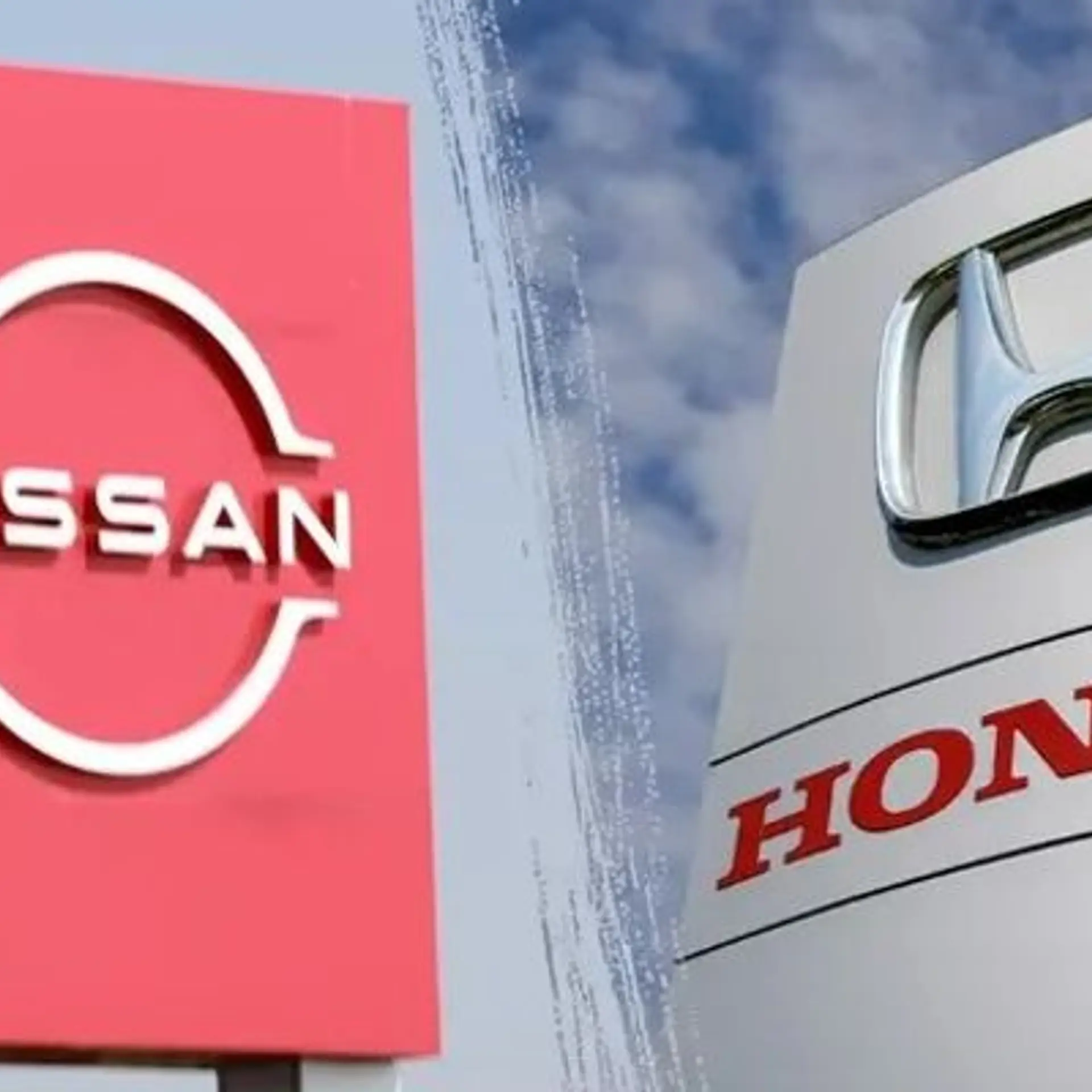Impact of reduced FAME II incentives on electric two-wheelers and total cost of ownership for the industry
The reduction in the FAME II subsidy can lead to an exponential rise in the price of electric two-wheelers by 20 to 25%.
The last few months have seen continuous bickering around the FAME II (Faster Adoption and Manufacturing of Electric Vehicles) scheme, halting the subsidies on electric vehicles. The entire scheme is centered around controversies, allegedly claiming EV (electric vehicle) manufacturers’ non-compliance to localisation norms envisioned by the government under Phased Manufacturing Programme (PMP).
The FAME II subsidy was rolled out for notable EV manufacturers to build the growth capabilities of India’s nascent EV sector. However, the demand for EVs was still considerably low as legacy players were relying on imports and failing to source 50% of components locally, as prescribed under PMP norms. On the contrary, the OEMs were assertive about not being able to introduce new products and tooling for low-volume orders. Further, the outbreak of the COVID-19 pandemic further aggravated the situation and delayed the growth of the sector.
The decree of FAME II subsidy reduction
Amidst the ambiguities around the FAME II scheme, the Ministry of Heavy Industries announced the reduction in the subsidy scheme applicable to electric two-wheelers, effective June 1, 2023. At present, it will rise to Rs 15,000 per kWh of battery capacity with a maximum cap of 40% of the vehicle cost from a subsidy of Rs 10,000 per kWh at a maximum cap of 20% of vehicle cost.
The reduction in the FAME II subsidy can lead to an exponential rise in the price of electric two-wheelers by 20 to 25%. Many stakeholders have been wondering whether the recent reduction in the subsidy is a progressive step or not. Thus, it is imperative to gauge its impact in determining the Total Cost of Ownership (TCO) for vehicle owners in the country.
The present EV scenario
Though the TCO of an EV is relatively lower than that of conventional fuel-based vehicles, it has a higher upfront cost, which is typically its battery cost, making it up to 40-45% of the vehicle cost. It is difficult to simplify the supply chain as India heavily relies on the import of lithium-ion cells used in EV batteries. The imports are made specifically from China and Korea that in turn increases the EV cost.
On the one hand, the government is aggressively promoting its Production Linked Incentive (PLI) scheme to localise the battery manufacturing for EVs, while on the other, the accelerated EV adoption across the globe can significantly bring down the lithium-ion cell costs. This can further improve the supply chain cost and lower the vehicle cost by a 4-5% y-o-y basis.
Undoubtedly, the reduction in FAME II subsidy can impact the overall EV adoption rate in the country. However, the gaps created between the subsidy and ownership cost will eventually see a downward trend, making TCOs more compelling for consumers.
The projected trajectory of the Indian EV industry
India is a progressive economy, and with the emergence of disruptive EV startups, subsidies should not remain a long-term solution to drive EV adoption. The fantastic EV asset, leasing, and financing options available in the country can help the EV segment stand up for itself, further driving its growth momentum.
The idea of FAME I and FAME II was instrumental in raising awareness and encouraging the population to switch to EVs. But, offering a subsidy in the long term is not an ideal way to go forward. The announcement of subsidy reduction could lead to compelling OEMs to invest more in introducing superior products at more competitive prices. In addition, the optimism around TCO will remain unchanged, continuing to be cost-effective and sustainable for the industry.
Many economically leading nations have successfully tapered off EV subsidies and yet recorded minimal impact on its adoption. The rollback of the subsidy can dip the EV sales initially, but it will get back on track eventually to drive its penetration in the country.
Ultimately, the industry needs to move forward independently to prove its self-reliance and long-term viability. Once it stands on its own feet, it can foster innovation and help India become a globally leading nation in the clean mobility transition.
(Manas Arora is the Co-founder & CFO at Alt Mobility.)
Edited by Megha Reddy
(Disclaimer: The views and opinions expressed in this article are those of the author and do not necessarily reflect the views of YourStory.)







